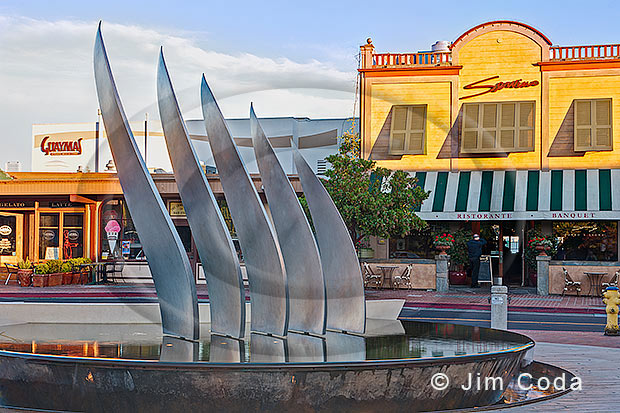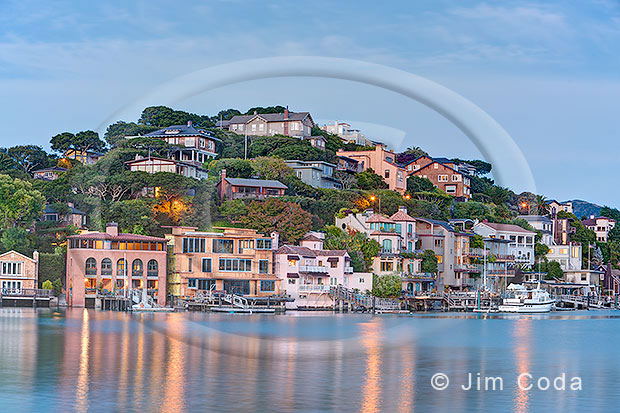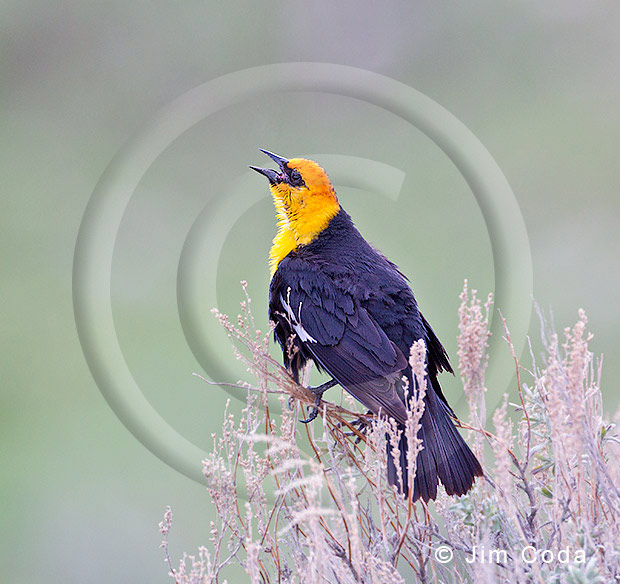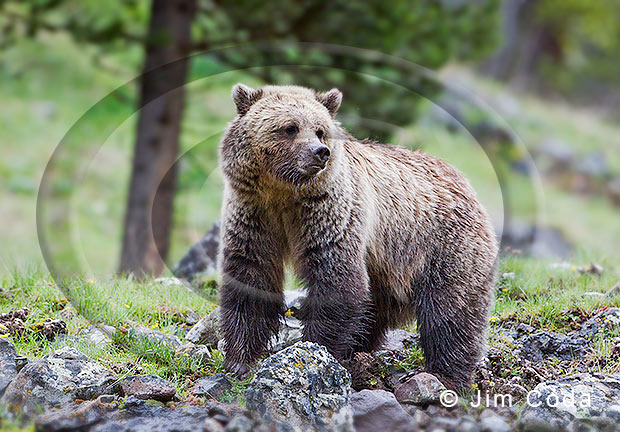Cause of Pronghorn’s Wound; Yellowstone National Park

Only one person took a guess on what had happened to this pronghorn. She guessed a bear. A good guess. I thought I’d get a few more people to venture a guess. Maybe some were afraid to guess wrong. That presumes I would be providing the answer to what happened though. The fact of the matter is that I don’t know for sure what happened to her. I do have my own guess though. I think a golden eagle attacked this pronghorn. Why?
First of all, golden eagles have been observed by credible sources (published reports by biologists) attacking and killing pronghorn adults and fawns. The attach begins by the eagle chasing one or more pronghorns and landing on the back of one and riding it while digging its talons into the pronghorn’s back. Most of the damage is caused by the talons, although their beaks can also inflict injury. If you’d like to read some of these reports you can click here, here and here.
Second, someone took several photos of a golden eagle eating an adult pronghorn while riding on its back. Based on the photos, I assume (and hope) it died shortly thereafter. The pictures have appeared in various places on the internet. One place to see the photos is here. I should warn you that the photos are somewhat gruesome. I was hesitant to link to the photos, but decided on balance to do so with the warning. The wound to the pronghorn in the photos is in the same place as in my photo and that’s why I guess the wound is from a golden eagle. Anything is possible though. It could be from another animal or a vehicle or a barbed wire fence (or whatever).
She was feeding when I saw her so the attack was over by then. I hope she survived.







